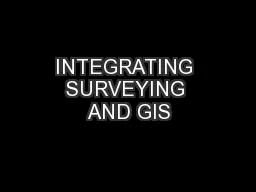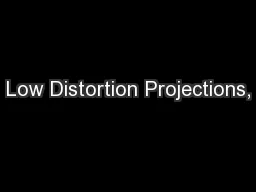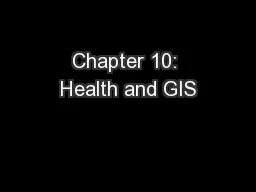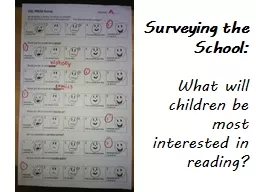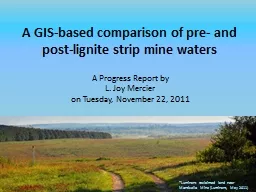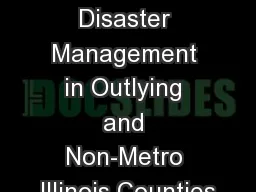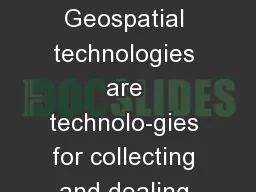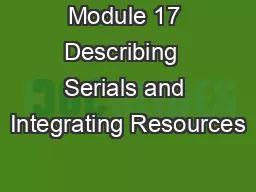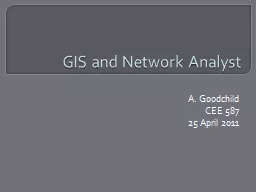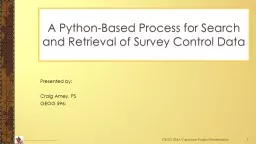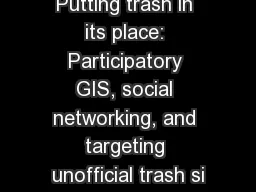PPT-INTEGRATING SURVEYING AND GIS
Author : yoshiko-marsland | Published Date : 2016-07-23
PREPARED FOR WVAGP SEMINAR Jared D Wilson Instructor of Land Surveying Glenville State College Glenville WV SURVEYING amp GIS What is surveying Surveying is the
Presentation Embed Code
Download Presentation
Download Presentation The PPT/PDF document "INTEGRATING SURVEYING AND GIS" is the property of its rightful owner. Permission is granted to download and print the materials on this website for personal, non-commercial use only, and to display it on your personal computer provided you do not modify the materials and that you retain all copyright notices contained in the materials. By downloading content from our website, you accept the terms of this agreement.
INTEGRATING SURVEYING AND GIS: Transcript
Download Rules Of Document
"INTEGRATING SURVEYING AND GIS"The content belongs to its owner. You may download and print it for personal use, without modification, and keep all copyright notices. By downloading, you agree to these terms.
Related Documents

